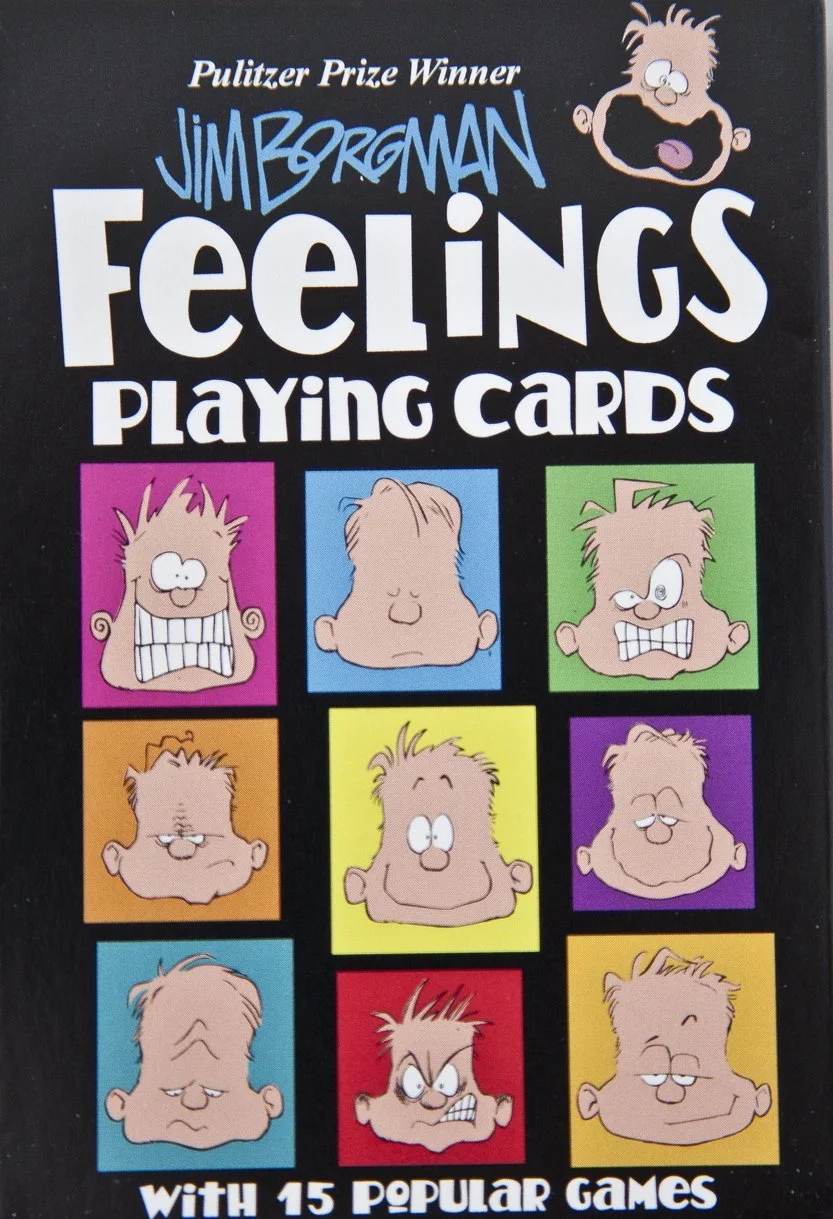Nurturing emotional intelligence, often referred to as EQ, is a key step in raising a compassionate child.
By definition, empathy is the sense that you understand and share another person's feelings. A strong sense of compassion relies on a well-developed ability to identify, regulate, and respond to emotions effectively.
But for very young children, emotions can feel like a binary system: happy versus upset.
Even older children can have trouble pinpointing important nuances in their emotions. Consider jealousy versus anger versus anxiety in an average tween, for instance.
Jennifer Kahn's 2013 New York Times article, "Can Emotional Intelligence be Taught," offers brilliant insight into how and why schools are spending more time than ever on emotional learning. High emotional intelligence is associated with higher academic success, better personal decision-making, and a greater willingness to help others.
By employing a few, simple lessons in emotional literacy, you'll help your child manage their own feelings and respond to the emotions of others with greater compassion.
Use these big-hearted tools to start a deeper conversation about emotions.
1. Notice and name emotions as they arise.
Make observations when you spot strong emotions, in yourself or your child. Be honest about your feelings, saying something like "it's been a long day, and I'm cranky right now, I'm sorry if I seem upset with you." And make observations about your child. "Did something fun happen at school today? You seem very excited."
This will grow your family's emotional awareness and help kids see the physical manifestations of different feelings.
2. Practice with our Feelings 101 projects.
Take advantage of a quiet, emotionally calm moment and grow your child's feelings vocabulary with these projects.
Feelings Flashcards & Games: Print nine pages of feelings flashcards for free and play any of our suggested games for children of all ages. Or check out these fun Feelings Playing Cards and use them with our game suggestions.
Feelings Word Search: Print two word searches designed to expand children's thinking about the feelings that make up being "happy" or "sad."
Craft a Gratitude Garden: Print our templates, then turn the things you feel thankful for into a garden-themed display.
3. Accept their feelings.
Give kids the room to experience their own feelings without judgement. Help them notice and name what they are feeling, and let them know, whatever they are feeling, everything is going to be okay.
4. Find your still point.
Help your child cope with stormy emotions. Try talking about feelings the way you talk about the weather. Your home stays solid and unmovable, like the your inner still point. Around your home, the weather shifts constantly.
Sometimes rain clouds linger for a few dreary days.
From time to time great storms will blow through and rattle things around a bit.
You will certainly notice these changes in weather, but your home, your inner still point will remain safe and dry. Eventually, if you are patient, sunny days always return.
For more practical tools and tips, check out On Mindfulness: 9 Tools for a More Grateful, Calm, Connected Family.
5. Read together.
Check out our brand new Emotional Awareness picture book list! And stay on the look out for a chapter book version for older readers coming soon.
6. Watch a Movie
Inside Out famously brought feelings to the big screen last summer, but all great movies offer opportunities to talk about emotions. Check out Common Sense Media's list of movies that nurture empathy.
7. Give your child care-giving responsibilities.
Caring for other living things helps build empathy in unique ways, according to this PBS.org article. By putting a kid in charge of something else's well-being, you'll give them a sense of empowerment and importance (their work makes a difference) and self-worth (they matter to someone or something in a tangible way). You may simply want to put your child in charge of a house plant or a hermit crab. If you already have a pet, give them a chance to demonstrate their ability to take charge of the chores. Or perhaps there is a helpful task they could do to help a younger sibling or older relative on a regular basis.


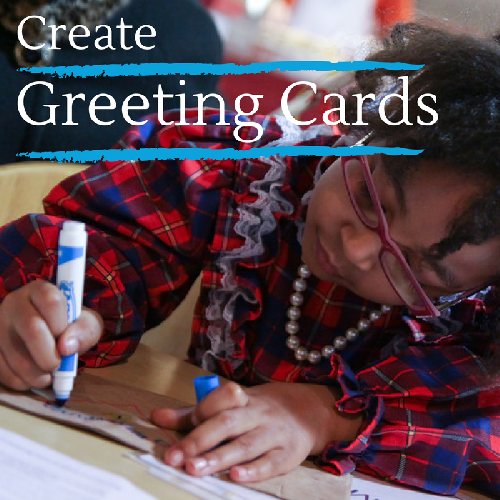
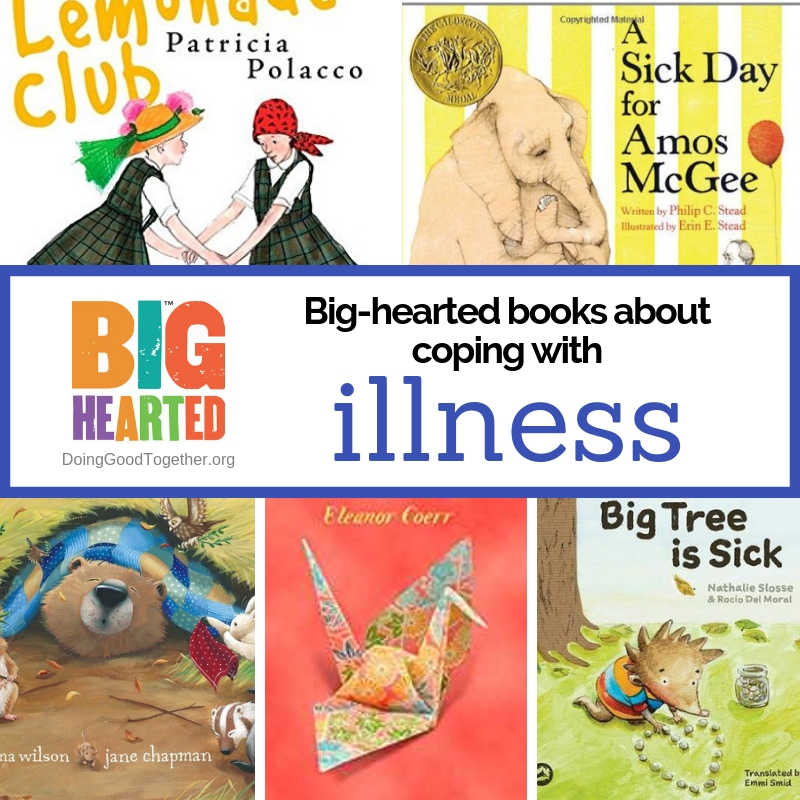








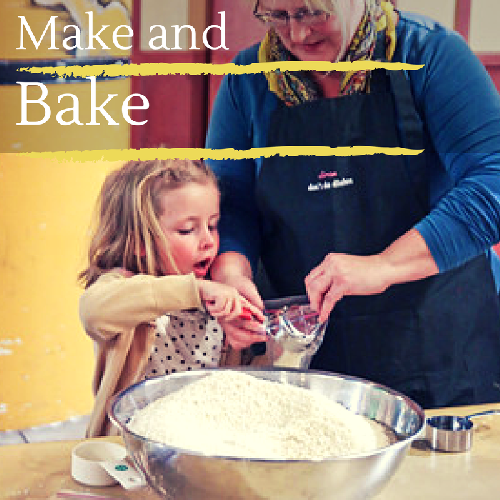


8. Provide Comfort.
Helping others is a wonderful way to practice emotional awareness, as you respond to the needs of others.
Doing Good Together offers an expansive list of projects for kids and families who want to provide comfort. Some of our most-loved projects (follow the links below for details) are so simple, you may want to give them a try right away.
Give a Big-Hearted Award to a helpful friend, teacher, or neighbor.
Create Greeting Cards for children in the hospital or elderly folks in nursing homes.
Write Letters to Soldiers thanking them for their service and telling them what you love about your country.
The key here is not to wait for a heated moment, like a tantrum or a teary meltdown, to talk about strong emotions. Take the time to notice and talk about feelings throughout daily life - in yourself, your child, people you meet, and characters from books or movies.
By expanding your whole family's EQ, you'll be raising children who are resilient and empathetic enough to tackle any challenge.









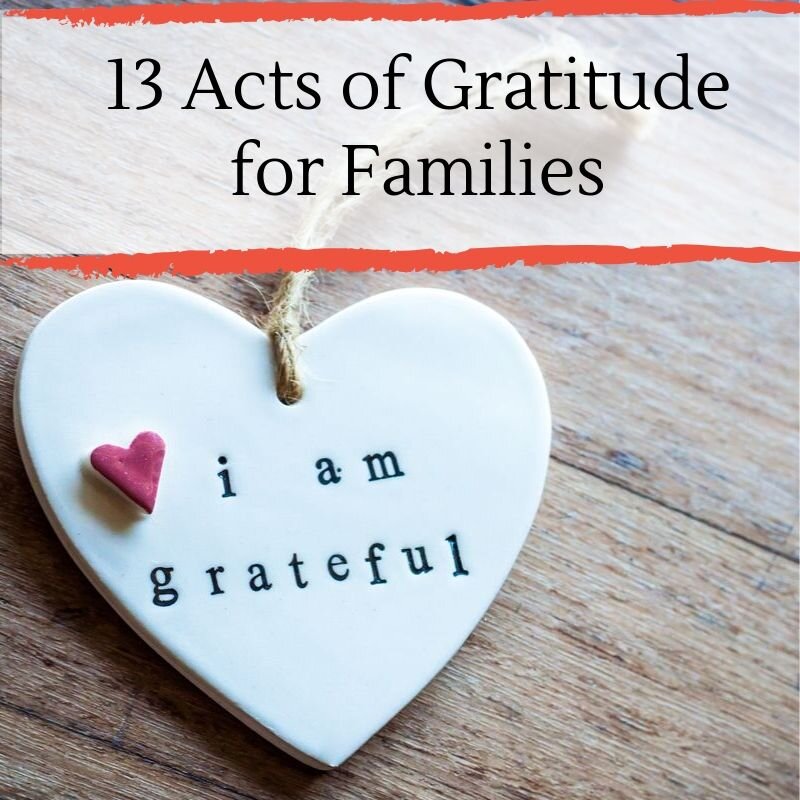







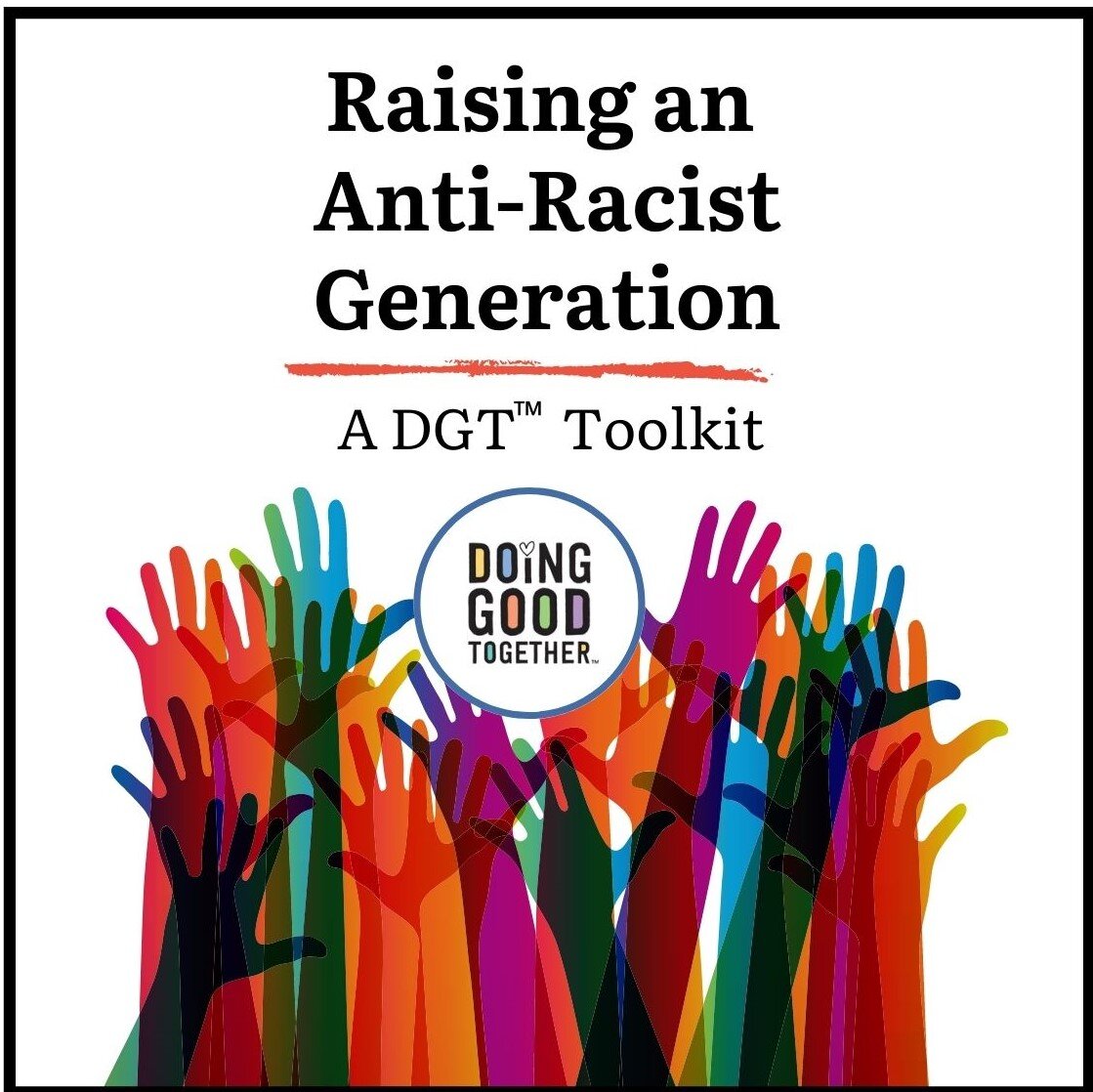

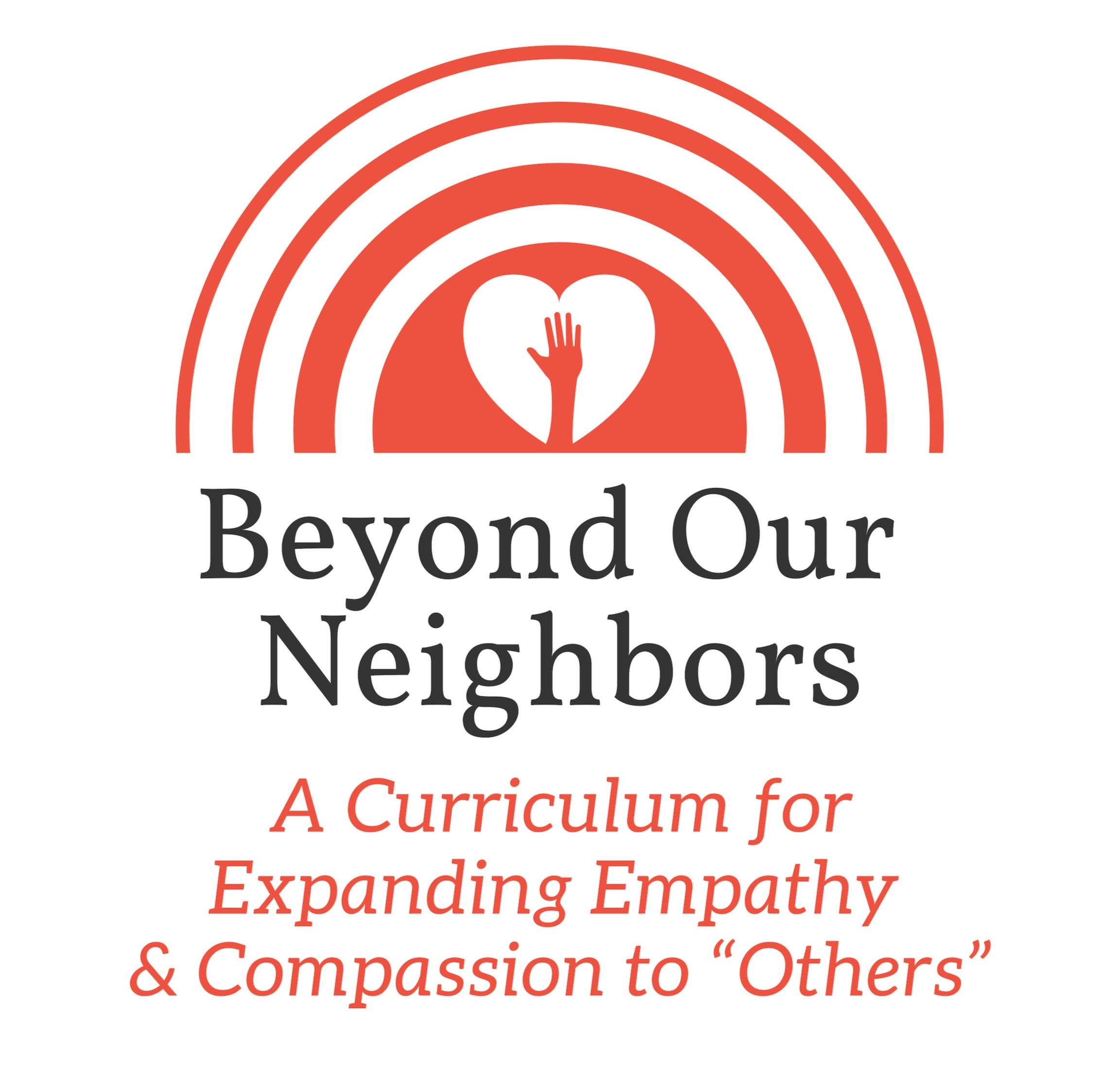
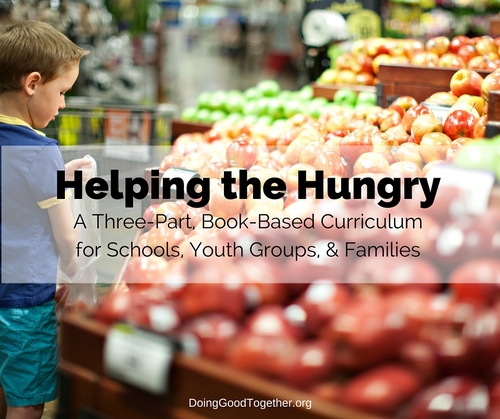
Still looking?
Browse these big-hearted and creative feelings tools!
If you like our free resources, you'll love our membership program! Join today and we'll help you keep kindness on your family calendar all year long.
Disclaimer: Doing Good Together™ is a participant in the Amazon Services LLC Associates Program, an affiliate advertising program designed to provide a means for sites to earn advertising fees by advertising and linking to Amazon.com.
The recommendations we offer are based solely on our mission to empower parents to raise children who care and contribute.


